My Pafuri Top 7 Spots to visit
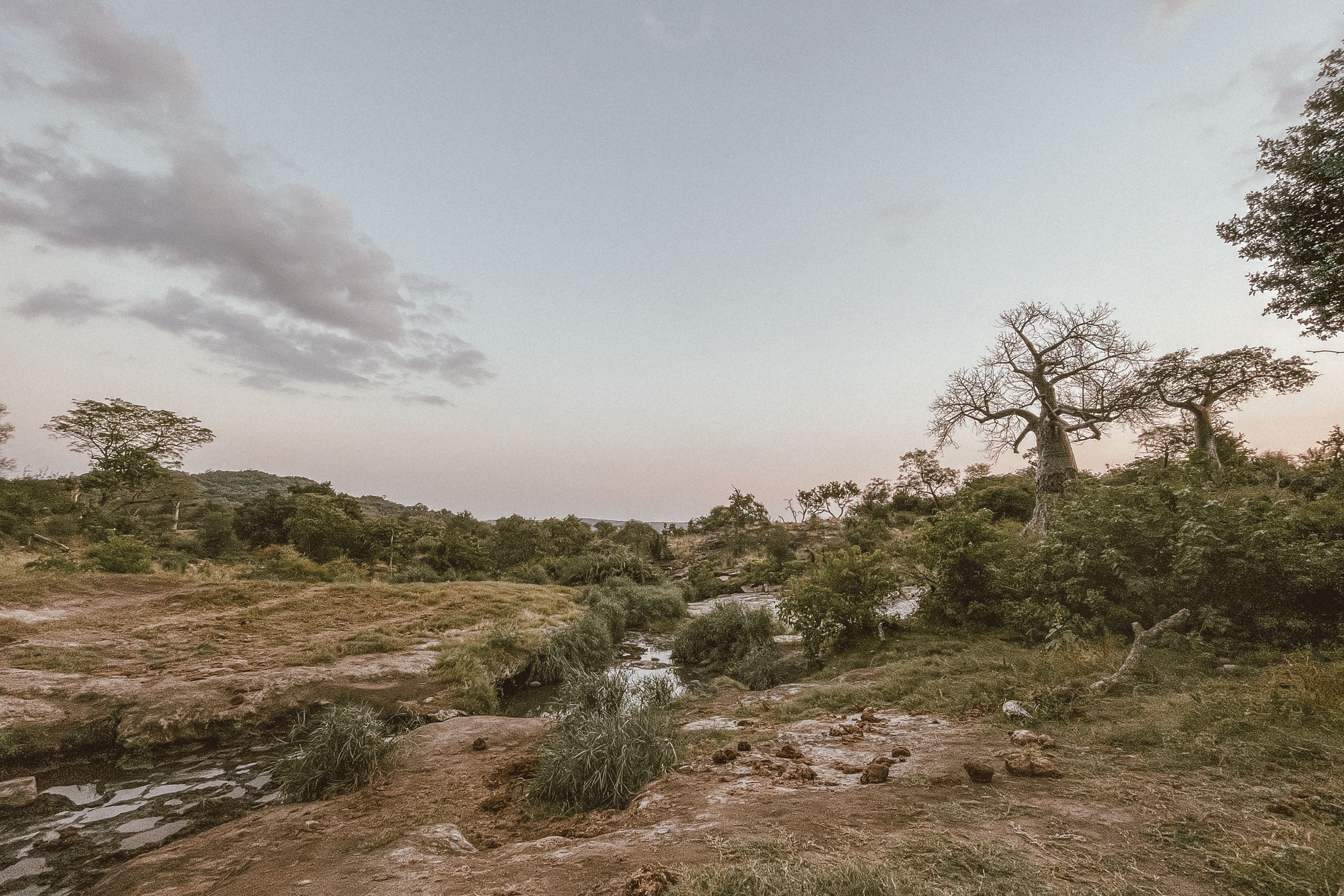
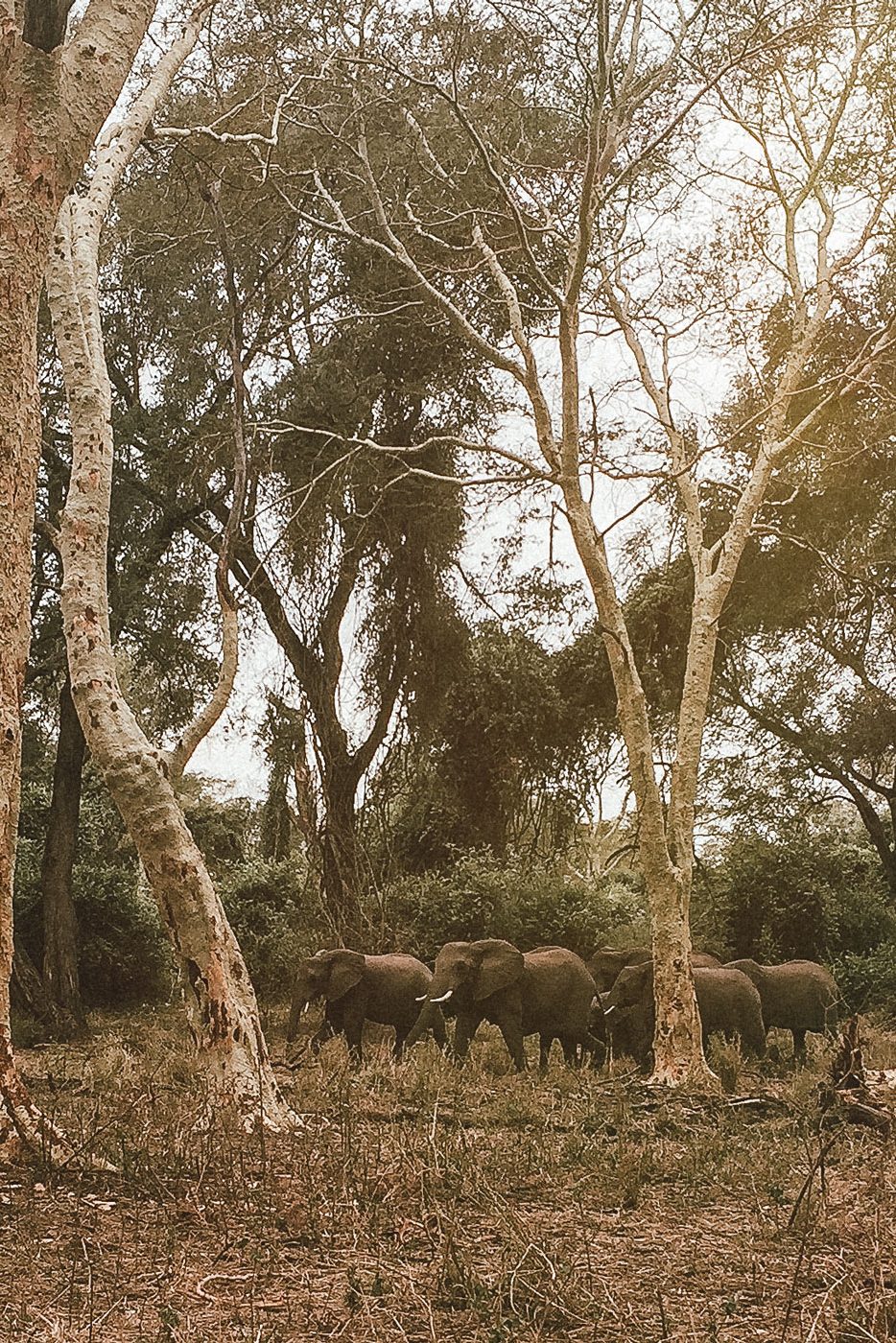
In Kruger’s remote north, Pafuri pulses with Africa’s wild soul — where ancient sandstones rise, fever trees whisper, and rivers carve hidden worlds. Elephants roam golden floodplains and gorges echo with timeless tales. Join me as I share my 7 favourite escapes in this wild Eden.
1. Fever Tree Forest
What can I say? I’m a creature of the forest, a Black Forest girl at heart. The woods, even the black, shadowy, mysterious ones, are my sanctuary. Now imagine a forest glowing in golden sunlight, a sight so breathtaking it feels like stepping into a dream. There’s no Fever Tree Forest in South Africa — or anywhere else — that can compare to the one in Makuleke. It’s pure magic, and there’s nowhere on earth I’d rather be.
Interestingly the Fever Tree’s name has nothing to do with its stunning yellow-green bark. Early settlers mistakenly linked it to malaria, believing the tree was responsible for the disease. Just a curious coincidence, as the Fever Trees thrive in the same damp, warm conditions as the malaria-carrying Anopheles mosquitoes.
2. Nwambi Pan & Reedbuck Vlei
Nwambi is perpetually alive with moisture. The lush wilderness envelops the waterhole, bordered by Fever and Ana Trees. This place holds a cherished spot in my heart, forever etched in my memory for two profound reasons: I had the honour of joining Bruce Lawson as a backup guide during a 3,5-hour walk while undertaking my Apprentice Trails Guide assessment. Shortly thereafter, as a freshly minted backup, I encountered one of my most remarkable experiences in Africa. Bathed in the golden light of the late afternoon, it felt as if a procession of elephants emerged from the shadows of the Fever Trees, gracefully stepping into the open expanse of Reedbuck Vlei to quench their thirst before the night embraced Makuleke.
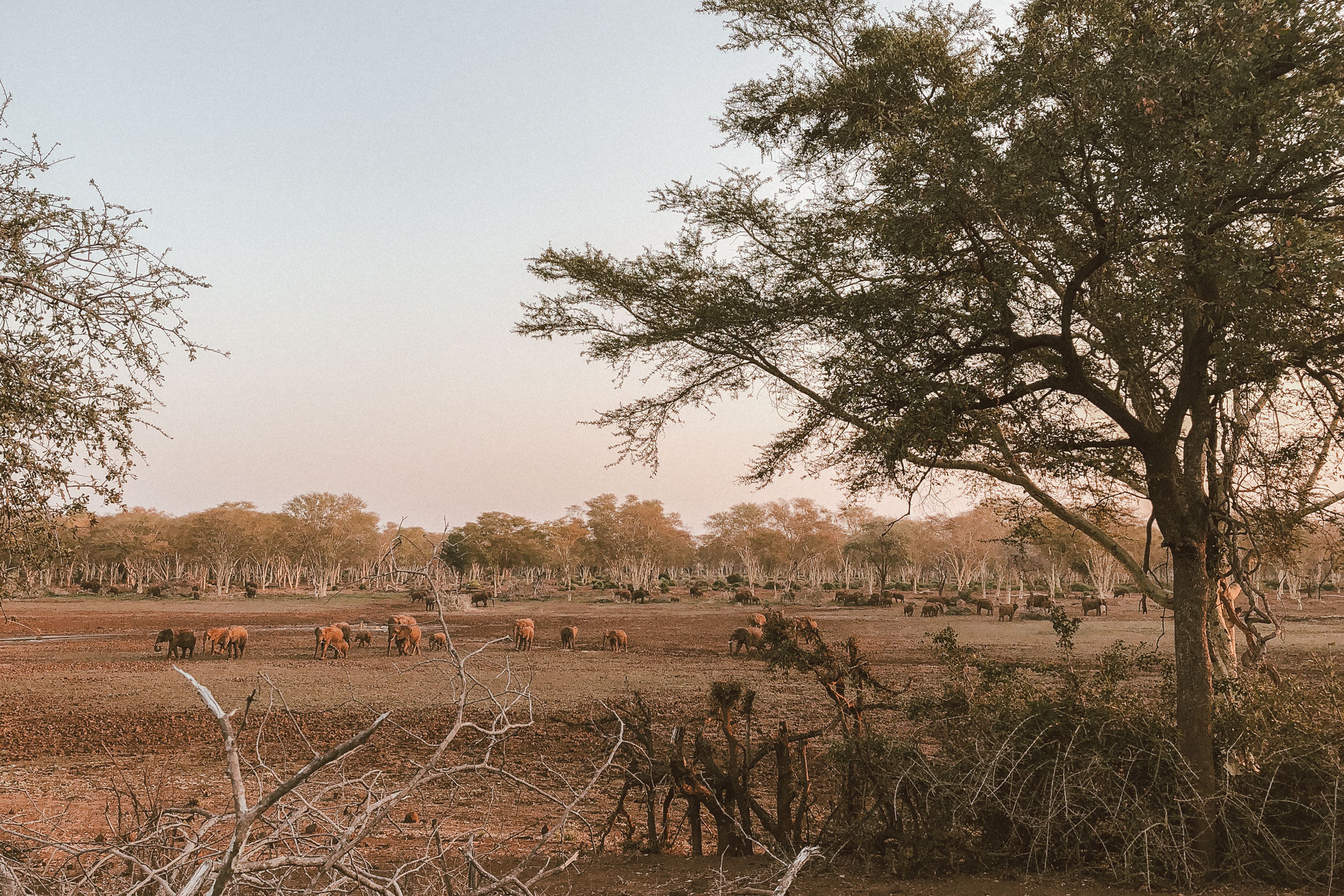
Reedbuck Vlei is a small wetland, that may dry up in the winter months but fills during the summer rains, making it an important water source for animals.
Pafuri Tour-Tipp
Wildside Trails
For a unique adventure, join Andrew on one of his legendary Pafuri Full Moon Trails — a 3-night backpack trail through Makuleke’s secluded wilderness in northern Kruger, with the comfort of sleeping in tents.
TEL +27 (0) 63 685 4508
andrew@wildsidetrails.com
wildsidetrails.com
3. Mashishiti Springs
Mashishiti – the beating heart of Makuleke. Throughout the year, fresh drinking water flows from the spring, attracting a variety of wildlife and countless bird species. The nearby hill offers an ideal spot to stretch out in solitude, sip on coffee, and enjoy rusks while simply waiting and watching. Someone is bound to pass by. Without a doubt!
4. Lanner Gorge
My ultimate sundowner spot is Lanner Gorge. Where the Luvuvhu carves a dramatic, ancient path through the rugged rock, winding its way toward the mighty Limpopo. Sipping a cool Savannah while soaking in such awe-inspiring views – it’s pure bliss.
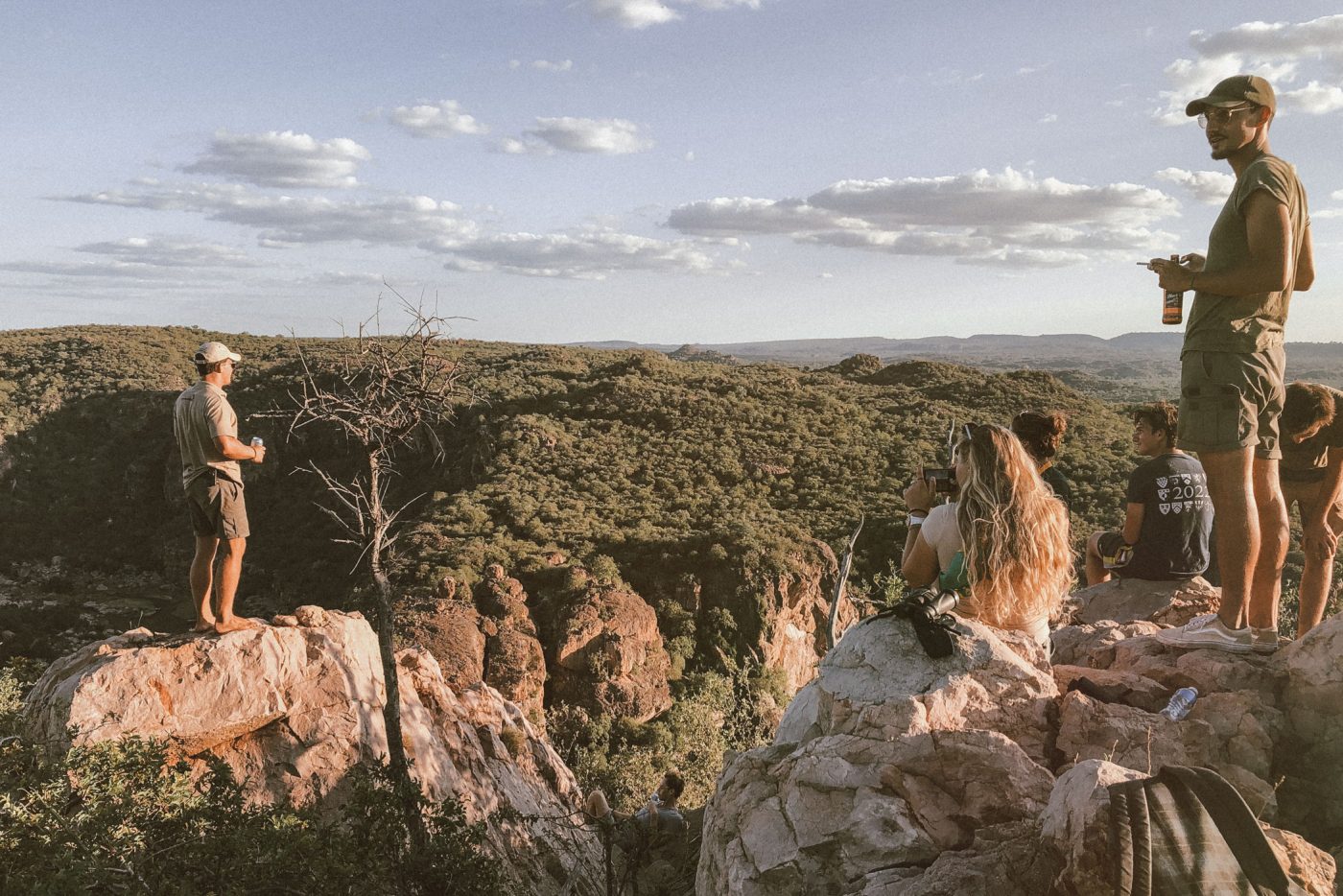
Perched on Lanner Gorge’s cliffs, time slows. Below, the Luvuvhu River carves through ancient sandstone, its currents humming with the spirit of wild Africa. „Imagine setting up camp down there,“ they said, eyes fixed on a sliver of sand tucked between the rocks …
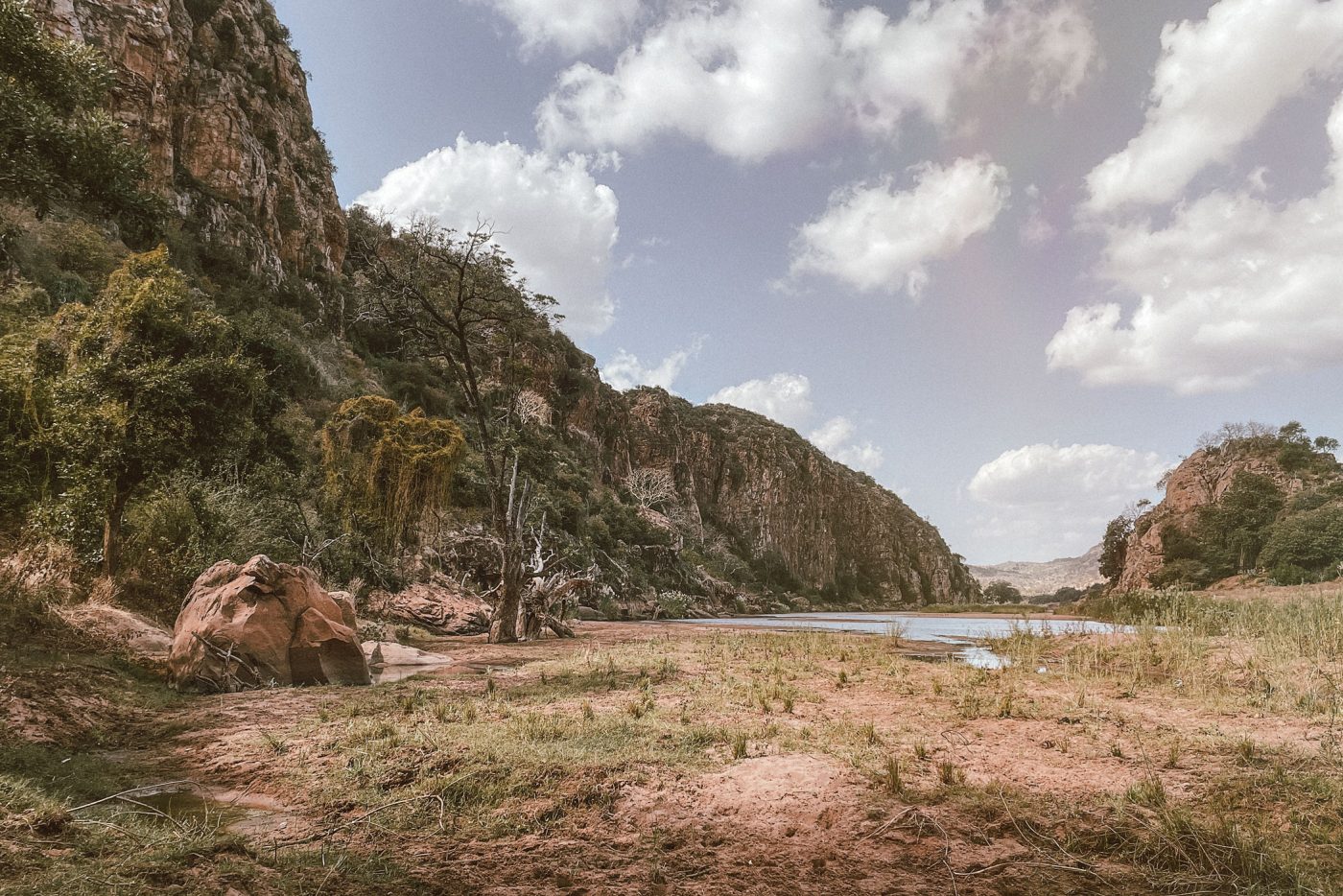
The descent was steep, but worth every step. There it was — Luvuvhu’s secret „beach“. No roads, no crowds — just the symphony of the wild: Elephant footprints in the sand, fish eagles calling overhead and the river’s lullaby. It’s the wilderness speaking to your bones.
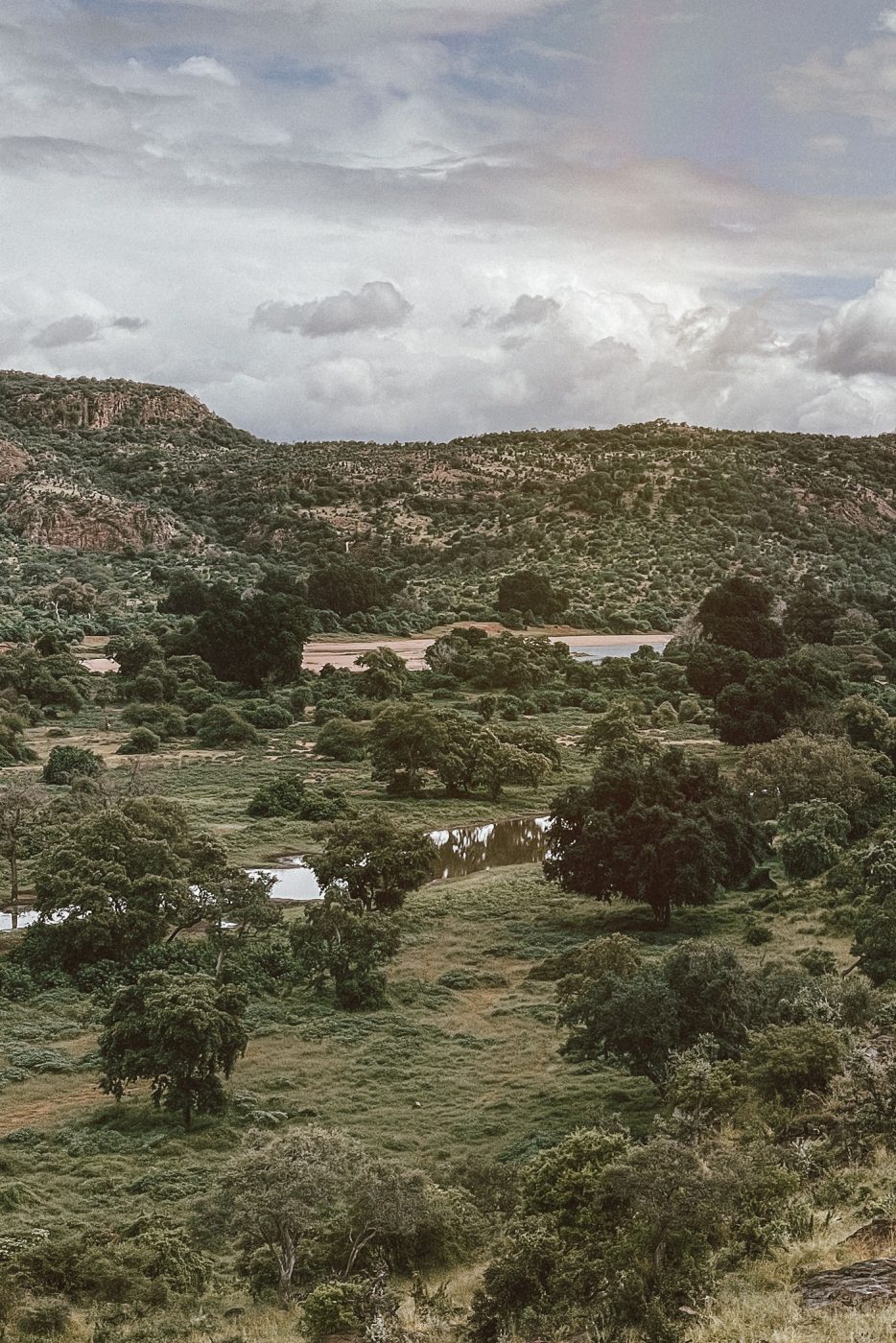
5. Luvuvuh „The Beach“
Tucked into a river bend between Lanner Gorge viewpoint and Mangala lies this hidden gem — one of the wildest, most untouched places in the area and definitely high on the list of my favourite spots. You can spot it from the viewpoint, marked by a towering Mashatu tree in the distance. While Mangala attracts lodge guests on game drives, „The Beach“ — as it’s unofficially known — remains accessible only to those willing to make the steep descent into the gorge. No roads. No people. Just pure, undisturbed wilderness.
6. Hutwini Gorge
For thousands of years, the path has wound its way through Hutwini Gorge, leading down to the region’s vital water and life source — the Luvuvhu River. It feels as if the animals remember how, in the early Stone Age, they were driven through the jaws of the gorge straight into the mouths of the humans who lived here. Even now, elephants move through the gorge with a noticeable unease. The presence of ancient rock carvings high on the ridge serves as a testament to the people who once called this place home. They could hardly have chosen a more beautiful spot to live.
7. Crooks Corner
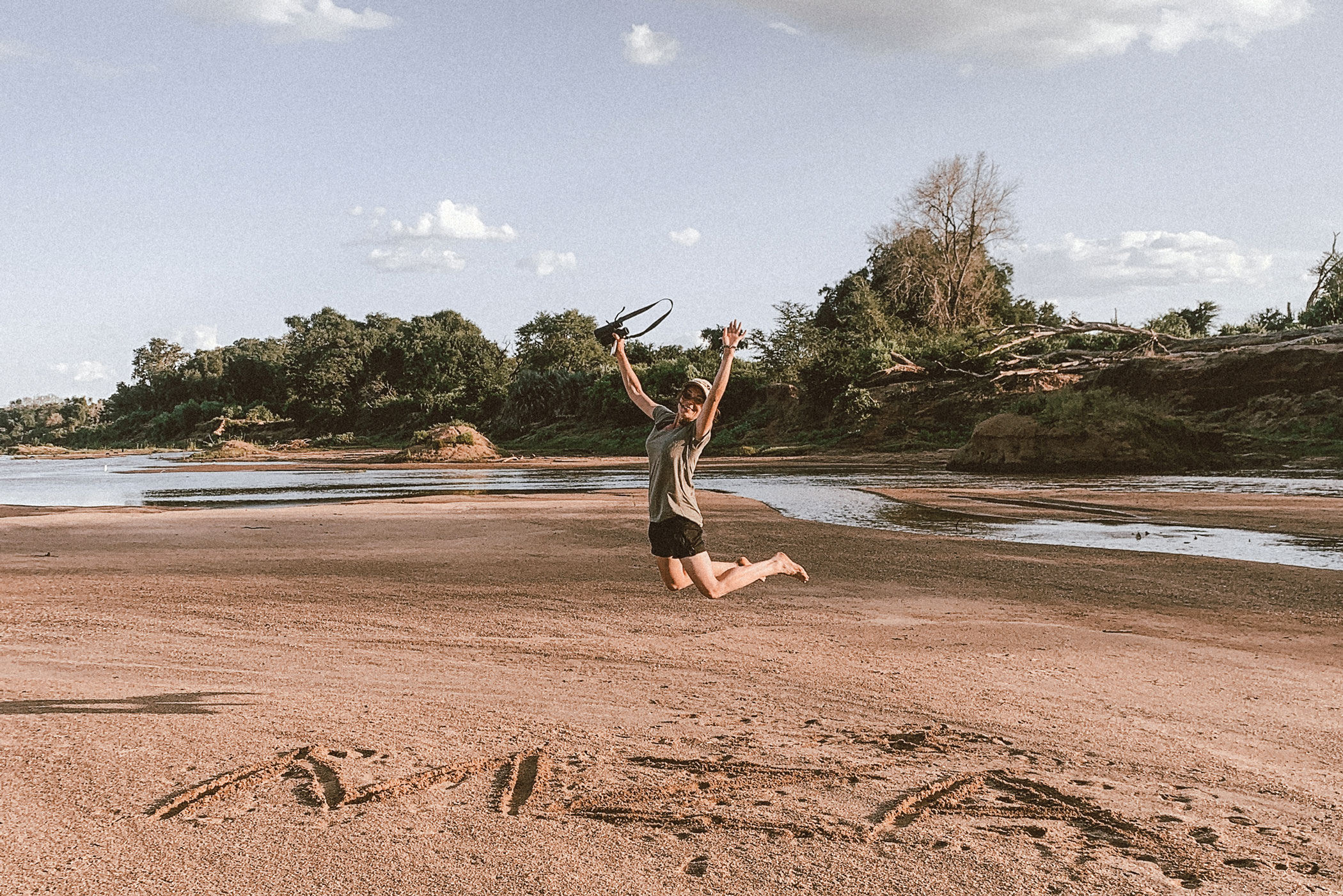
Imagine being on the run from the law — perhaps a poacher, an arms smuggler, or some other shadowy figure. Where better to vanish than at the edge of nowhere? A place shrouded in dense, untamed bush, where the air shimmers with sweltering heat, and the waters are patrolled by crocodiles and hippos, creating a natural fortress. Here, with a single leap, you could cross into two neighbouring countries, slipping through the cracks of borders. This is Crooks Corner, a place steeped in infamy and legend.
A memorial plaque still stands in honour of the notorious ivory hunter S. C. „Bvekenya“ Barnard, who once used this very spot as his hideout. For years, he was the hunted and eventually became the hunter. His daring escapades around Crooks in the early 1900s come to life in the gripping novel „The Ivory Trail“. Don’t miss it — check the LALA LOGE library for a copy!
Today, while Crooks Corner may be tamer than its lawless past, it still pulses with a magnetic, symbolic charm. The crocodiles and hippos still rule the waters where the Luvuvhu and Limpopo rivers converge, a timeless reminder of the wild spirit that once defined this legendary place.
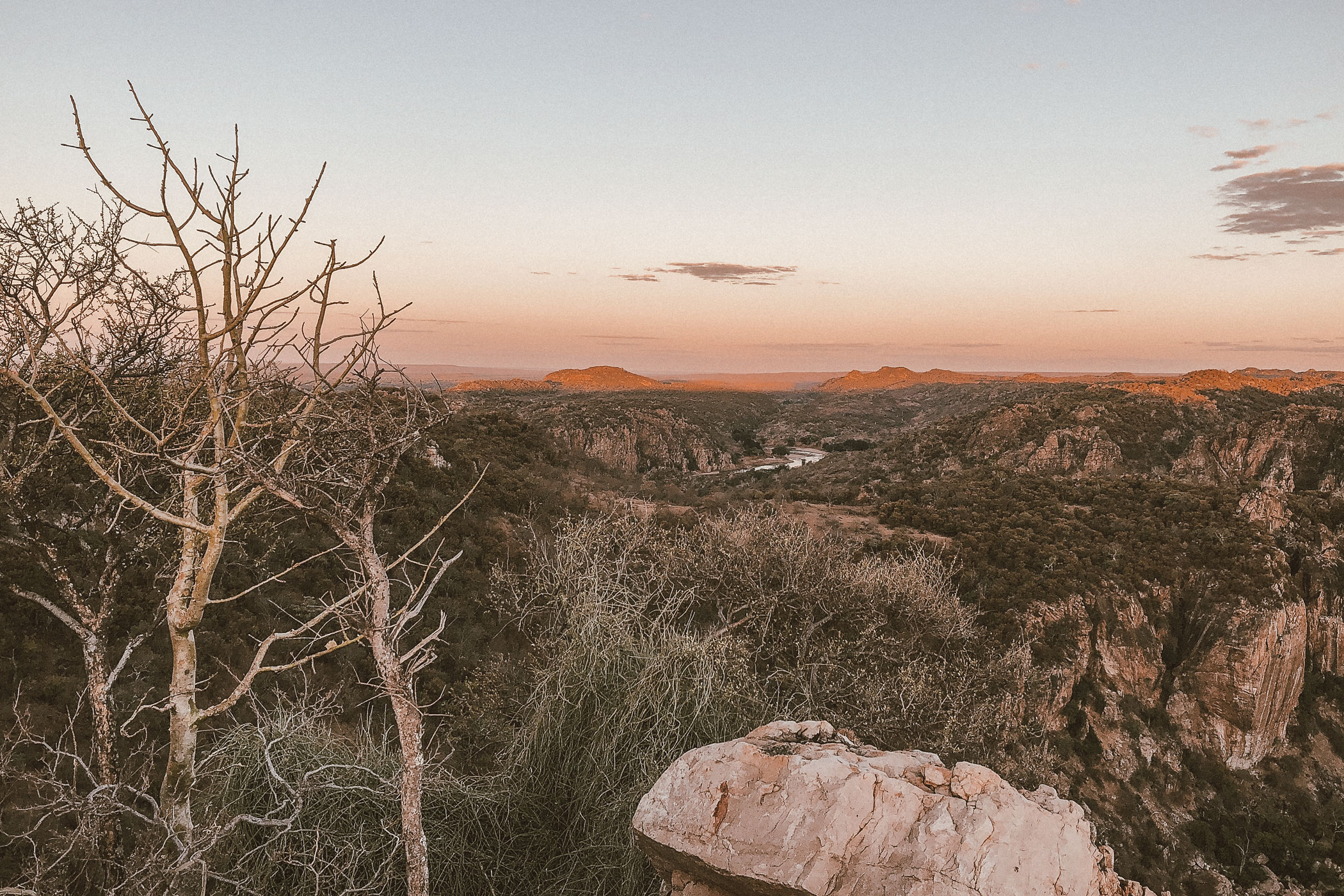
Can you spot the landmark? That towering tree standing sentinel at the riverbend’s edge (centre frame)? Now follow the water upstream to the left — where the current sweeps around another curve, you’ll find the hidden beach nestled along the bank.

Leave a Reply